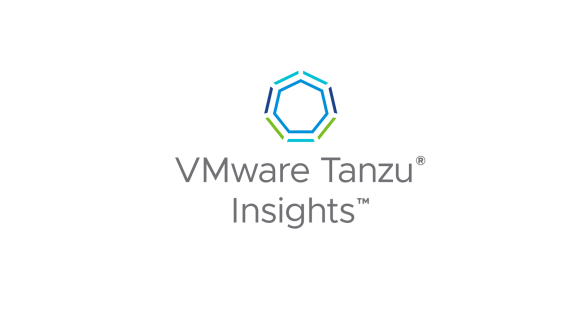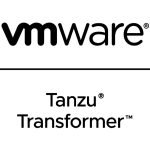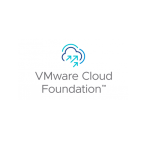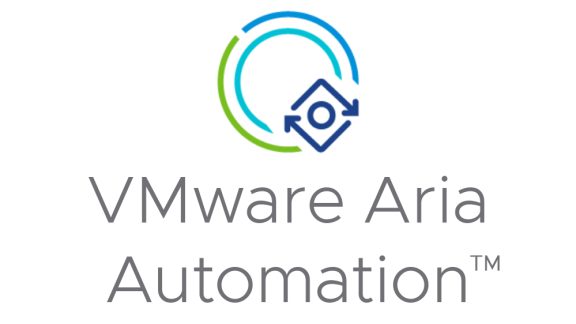Authored by Rachna Srivastava
Many organizations struggle with managing thousands of services and applications. A typical environment consists of a combination of modern cloud applications, on-premises workloads, and workloads that are in the process of being moved to the cloud. IT and Operations teams can easily be overwhelmed by the large volume of data and activity that is generated across these systems. As a matter of fact, in a recent survey conducted by ESG*, respondents highlighted performance monitoring, lack of skill sets to deploy and manage, and complexity as the top challenges they encounter when it comes to deploying a cloud-based microservices architecture.
To maintain SLAs/SLOs, and resolve issues IT teams depend on metrics, alerts, traces, and logs generated from various siloed tools. This leads to large data volumes and IT alert noise, and delayed incident response. The ideal solution should be able to enforce real-time, closed loop optimization, anchored on a common data platform, with one view across.
Are observability solutions enough to help maintain SLAs and SLOs?
Read the full blog here.









